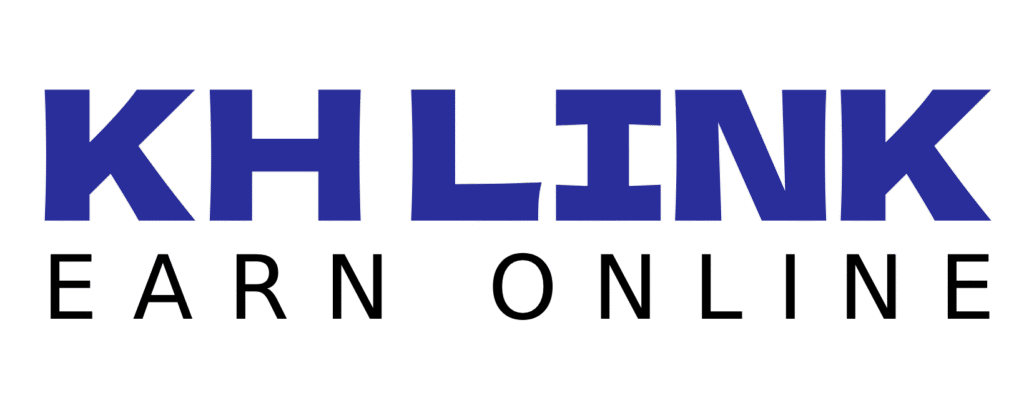
You do not need to be a programmer to launch software today. With the rise of no code tools anyone can create and sell Micro SaaS products. These are small scale software as a service businesses that solve specific problems and generate recurring revenue. Micro SaaS products are ideal for solo founders remote workers freelancers and creators.
In this guide you will learn step by step how to build your own Micro SaaS business from idea to income. You will also learn how to launch without writing code and how to get people to pay monthly for your solution.
What Is a Micro SaaS
A Micro SaaS is a lightweight software product focused on a specific niche. It is usually built by one person or a very small team. It runs with low overhead and often solves one narrow problem better than large software platforms.
Examples of Micro SaaS ideas
- A content calendar tool for YouTubers
- An invoice tracker for freelancers
- A niche AI writing tool for real estate listings
- A fitness challenge tracker for personal trainers
- A keyword clustering tool for bloggers
You do not need millions of users. Even one hundred paying customers can bring monthly profit with low effort.
The Untapped Goldmine: Make $100/Day with AI Side Hustles in 2025
Why Micro SaaS Works for Non Coders
Thanks to no code platforms you can build apps workflows and dashboards without learning how to program. These tools offer visual builders drag and drop logic and easy integrations.
You can now
- Build web apps with zero code
- Set up subscriptions and payments
- Launch updates without developers
- Automate workflows behind the scenes
This makes Micro SaaS a perfect business for creators who focus on solving problems instead of writing code.
Get Paid to Test Websites & Apps: Earn $50/Hour in Spare Time
Step One Find a Simple Problem in a Niche Market
The best Micro SaaS ideas come from everyday problems. Look for tasks that are boring slow repetitive or painful. These problems often exist in niche communities where big software companies do not focus.
Where to look
- Subreddits with tool requests
- Facebook groups asking for spreadsheet help
- Freelance forums discussing workflow issues
- YouTube comments asking for shortcuts
- Indie Hacker forums with validation requests
Good Micro SaaS problems are
- Specific not general
- Painful not optional
- Repeated daily or weekly
- Easy to explain in one sentence
Example I want a way to send weekly feedback forms to my coaching clients and get the replies in one dashboard

Step Two Validate Your Idea with a Simple Landing Page
Before building anything create a one page site that explains your tool. Add a headline one or two paragraphs of description and a button to collect emails.
Use tools like
- Carrd for fast landing pages
- Notion for simple idea sharing
- Tally or Typeform to collect interest
- Gumroad to test pre orders
Share your page in niche forums or communities and ask for feedback. If people join your list or message you with interest that is a green light.
Step Three Build the MVP with No Code Tools
You do not need to build a full product. Create a Minimum Viable Product that solves the core problem.
Best no code tools to build SaaS
- Softr to build web apps from Airtable
- Glide to turn spreadsheets into apps
- Bubble to create full logic based web platforms
- Webflow for professional front ends
- Airtable for databases
- Make or Zapier for automation
For example
- Use Softr plus Airtable to build a client dashboard tool
- Use Bubble to create a custom form based feedback app
- Use Glide to build a mobile habit tracker
Focus on getting the first working version. Fancy design comes later.
Step Four Add Subscription Payments
Once your tool works connect a payment system. The goal is to start earning even if the tool is basic.
Use tools like
- Stripe for full payment integration
- Gumroad for hosted checkouts
- Lemon Squeezy for SaaS billing and taxes
- Payhip for digital access and memberships
Offer a simple pricing plan
- Free trial or freemium version
- Monthly plan with core features
- Yearly plan with discount
Add bonuses like email support custom setup or free templates.
Upwork vs. Fiverr: Which Pays Better for Beginners?
Step Five Launch in the Right Community
Your first customers will not come from ads. They will come from people already dealing with the problem you solve.
Best ways to launch
- Post in niche subreddits with demo videos
- Share your journey on Indie Hackers
- Write a story on Medium or LinkedIn
- Share your before and after in Facebook groups
- DM people who asked for a similar solution
Be clear honest and helpful. Do not push sales. Offer value and invite them to try your tool.
Monetizing a Micro-Niche Blog on Sustainable Home Gardening: A Comprehensive Guide
Step Six Improve Based on Feedback
Talk to every early user. Ask what works what feels confusing and what they wish it did. Use this feedback to improve the tool.
Update your SaaS product weekly. Even small fixes build trust. Use tools like Trello Notion or Coda to track updates.
Add features only if users ask for them more than once. Avoid bloated software. Simplicity wins.
Step Seven Automate Support and Delivery
You do not want to handle every email or login issue. Set up automation to save time.
Tools to help
- HelpScout or Crisp for customer support inbox
- Zapier or Make to automate new signups
- Google Sheets to manage user data
- MailerLite or ConvertKit to send onboarding emails
Also use chat widgets or FAQ pages to reduce manual replies.
Step Eight Build a Content Engine to Grow Traffic
Content drives traffic. Instead of running ads create helpful guides tutorials or checklists around your niche.
Content ideas
- How to posts related to the problem you solve
- Case studies from early users
- Free templates or spreadsheets
- Niche tool comparisons
- Video walkthroughs of your SaaS
Post content on
- Your website blog
- Medium or Hashnode
- YouTube with product demos
- Quora or Reddit with links back to your tool
Content brings long term traffic and trust.
Step Nine Create an Affiliate or Referral Program
Let others promote your Micro SaaS. Create an affiliate program that pays commissions for referrals.
Use tools like
- Rewardful
- Lemon Squeezy Affiliates
- Gumroad Affiliates
- FirstPromoter
Offer between twenty to thirty percent recurring commission to make it attractive.
Also allow power users to earn credits or free months when they refer others.
Step Ten Track Growth and Stay Lean
Use simple metrics to track success
- Monthly recurring revenue
- Active users
- Churn rate or cancellations
- Conversion from trial to paid
- Cost per new user if you run ads
Use tools like
- Stripe Analytics
- Baremetrics
- ChartMogul
- Fathom Analytics for privacy focused tracking
Keep costs low. Reinvest only after proving the model.
Real Micro SaaS Success Stories with No Code
- A freelancer built a client onboarding tool with Airtable and Softr and now earns over two thousand per month
- A blogger created a subscription based headline analyzer using Bubble and sells it to content creators
- A coach launched a digital check in app using Glide and charges twenty nine dollars per month per client
- A solo creator built a mood tracker for remote workers and sells it via Gumroad with one hundred monthly users
All of them started without code teams or funding.
Common Mistakes to Avoid
- Solving a problem you do not understand
- Building too many features before launch
- Ignoring customer support and feedback
- Relying only on ads without content
- Quitting after a slow first month
Stay focused. One tool. One audience. One problem solved well.
Final Thoughts
You do not need to know code to build software. Micro SaaS is your chance to launch a subscription business that runs lean earns passive income and grows with time.
Use no code tools. Start small. Validate early. Improve fast. Focus on solving problems not impressing investors.
Your first Micro SaaS can be simple. But it can open the door to freedom growth and independence. Start today and turn your idea into income.

